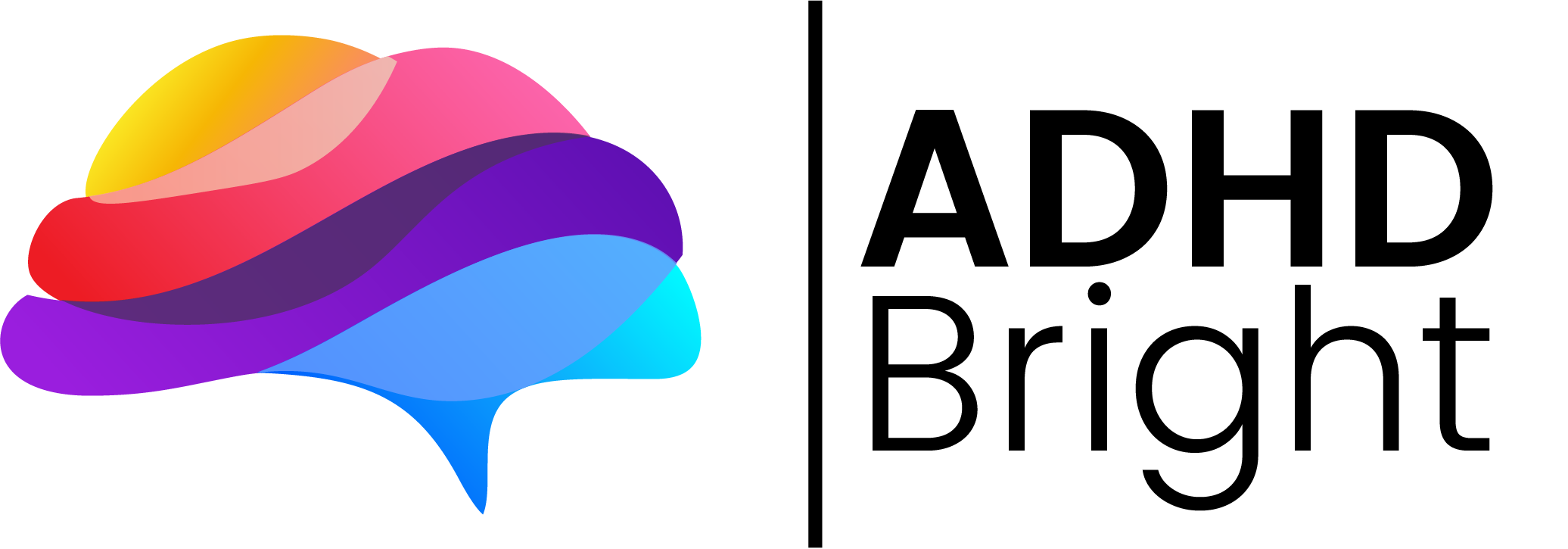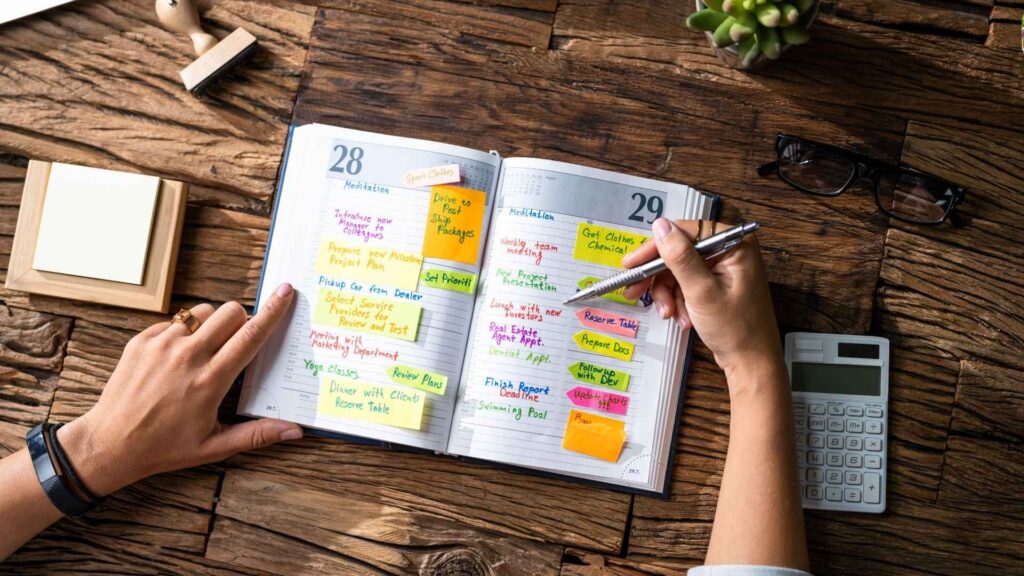ADHD brains are fascinating. They are imaginative, ambitious, and endlessly curious, yet often caught between energy and execution. You can see the goal clearly, but doing the thing can feel like trying to run underwater.
ADHD Bright was designed around the real neuroscience of how our brains focus, start, and stay motivated. Each feature is built to work with that wiring, not against it. These five principles explain why it feels so different, lighter, faster, and actually enjoyable to use.
1. Reducing Cognitive Load with Frictionless Design
ADHD brains burn more energy during transitions. Every click, option, and unnecessary decision drains focus before the work even begins. That is why ADHD Bright’s Task Manager and Focus Zone are built for speed and clarity.
Tasks are easy to capture and simple to move. The interface feels clean, predictable, and forgiving. There is no setup spiral or extra layers of logic to remember. When you open it, your brain already knows what to do.
This simplicity is not minimalism for its own sake. It is a neuroscience-based way to reduce cognitive load so that attention can go exactly where it belongs, to the work itself.
2. Offloading Working Memory (Your Second Brain)
ADHD working memory is a temporary space, not a reliable storage system. You can hold a few thoughts at once, but new ones quickly replace the old. The Notes Center solves that by acting as your second brain.
Every idea, task, or reminder has a place to land. Once you record it, your brain can release it. That mental offload reduces background noise and makes it easier to focus on what is in front of you.
This is the essence of distributed cognition, using your environment to extend your thinking. The result is clarity, calm, and less fear of forgetting something important.
3. Dopamine and Motivation Through Visual Feedback
Motivation in ADHD is chemical. When dopamine levels dip, so does drive. ADHD Bright turns that challenge into a design opportunity. Every part of it, from the Habit Tracker to the Projects and Goals Dashboard, gives you small, visible rewards for every bit of progress.
Checkmarks, progress bars, and streaks provide instant feedback. You can literally see yourself moving forward, and that visual reward releases dopamine. The brain learns that action feels good, and that keeps you coming back.
This approach does more than encourage consistency. It helps with initiation too. Looking at a growing project or a glowing streak triggers anticipation, the brain’s favorite motivator. It says, “You are already in motion. Keep going.”
That is the psychology behind why ADHD Bright feels rewarding. It turns invisible effort into visible achievement.
4. Seeing Time Clearly
Time blindness makes planning hard because time does not feel real until it is almost gone. The Focus Zone inside the Task Manager changes that by turning time into something you can see and feel.
You estimate how long a task will take, press start, and begin. When you finish, you see how your estimate compares. That simple loop builds time awareness through experience. It trains your brain to predict and measure duration more accurately.
The process also boosts motivation. Watching time move and progress build creates a sense of healthy urgency. It becomes a quiet competition with yourself that keeps attention locked in.
This is time management without anxiety, structure that feels like support, not pressure.
5. Emotional Regulation and Reflection
ADHD does not only affect focus. It influences emotion too. Excitement, frustration, and self-criticism can rise fast and hit hard. That is why the CBT-Backed Journaling space is built into ADHD Bright.
It helps translate emotion into understanding. Guided prompts encourage reflection instead of rumination. You can write about what went well, what drained you, and what pattern keeps repeating. Over time, this builds emotional awareness and resilience.
The act of journaling activates the reflective parts of the brain that calm reactivity and increase clarity. It is both practical and therapeutic. It connects your thoughts, emotions, and behaviors into a clearer picture, which helps you navigate them with more control.
6. Supporting Daily Life with Routines, Finances, and Nutrition
Structure outside of work matters just as much. ADHD Bright’s Routines Builder helps mornings and nights run smoothly by automating essential decisions. Predictability frees up mental energy for creativity.
The Finance Manager brings calm to money management, while the Meal Planner simplifies nutrition with ADHD-friendly recipes and weekly overviews. Together, they create the foundation for stability and mental clarity in daily life.
7. Color and Clarity
Color is not decoration here; it is direction. ADHD Bright uses consistent color coding across all tools to help your brain find information instantly. Tasks, habits, and projects each have a distinct color identity. When you open your planner, your eyes know exactly where to go.
Color cues reduce decision fatigue, improve memory recall, and provide subtle dopamine boosts. When your tools feel organized and intuitive, your brain relaxes into focus.
ADHD Bright works because it honors how ADHD brains function. It does not try to discipline you into structure; it designs structure around you. These five ADHD planner neuroscience principles show how psychology and design can work together to make focus feel natural, progress visible, and productivity genuinely rewarding.
Want to explore the deeper research behind these principles?
Read the full Neuroscience Behind ADHD Bright




